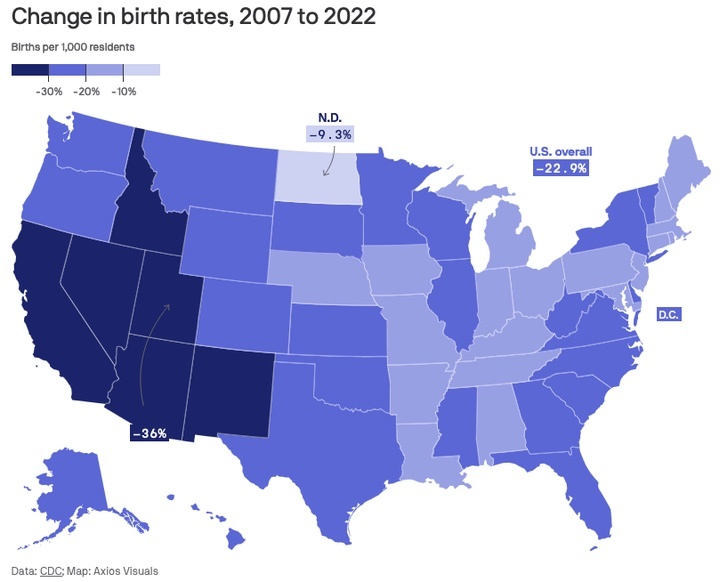And I want to sleep with you in the desert tonight
With a million stars all around…
— ‘Peaceful Easy Feeling” by the Eagles
Growing up, out here in the American Southwest, I’ve had plenty of opportunity to perish in a burning desert. If my car had broken down while driving through Nevada, for example. Or Utah, or Arizona.
But it hasn’t happened yet, thank goodness. (As you can tell, since I’m writing this humor column.)
Some people actually live in deserts. Apparently, hundreds of thousands of women in Maryland live in deserts. Contraception deserts.
Reporter Sam Janesch wrote about contraception deserts in a Baltimore Sun article last month. He titled his article, “Maryland Aims to Tackle Contraception Deserts”. From that article:
“We must do a better job of ensuring that when a Marylander walks into any doctor’s office, that they can get connected to contraceptive care,” Democratic Gov. Wes Moore said Tuesday, in Annapolis…
Maryland, by some measures, has some of the highest rates of unplanned pregnancies and is home to hundreds of thousands of women without easy access to comprehensive contraceptive care…
In my limited experience, there is rarely “easy access” to anything in a desert, except maybe sand and cacti. (My car did break down once in a desert, but I was able to call AAA.) So if you live in a desert, you definitely need to carry a canteen. But if you live in a contraception desert, I’m not sure a canteen would be much help.
From reporter Janesch’s article:
Data shows that about 285,000 women live in contraceptive deserts across the state, areas where contraceptive services don’t meet the needs of the public. The state also has one of the highest rates of pregnancies that are unwanted or wanted later.
That presents an intriguing idea: a pregnancy that is “wanted later”. I don’t think that’s the kind of thing you can simply reschedule for a later date. But maybe I’m out of touch with the latest technological developments.
When Darlene and I had kids — many years ago, before the divorce — we didn’t live in a contraception desert. In fact, we had contraception options up the wazoo. But the kids found a way to arrive nevertheless. I guess that same kind of thing happens to other people, who have options, but don’t fully understand how or when to exercise them.
Darlene and I agreed that ‘oral contraceptives’ were a bad idea, since — from what we could tell — they were full of hormones. Who needs extra hormones? Darlene definitely didn’t.
And now our rivers and streams are getting polluted with those same hormones, much to the dismay of frogs and fish, who are now struggling with gender identities.
And speaking of struggling… some of our intellectual leaders are concerned about the declining fertility rate in the U.S. The rate has dropped significantly over the past 15 years, especially in Utah and Arizona.

The birth rate in Utah dropped by 36%. In a state that used to allow polygamy. Talk about big cultural changes.
It’s pretty obvious from this map, that physical deserts are not the same thing as contraception deserts.
North Dakota is not exactly a physical desert, in the same way as Utah, although I guess that depends on your definitions. But if you’re hoping to get pregnant, that seems like the place to be, based on the minimal drop in the birth rate.
The decline in the rate, here in Colorado, is not quite as scary as in Utah, maybe due to our large number of craft brewers. (Have you ever tried to buy alcohol in Utah?)
Underrated writer Louis Cannon grew up in the vast American West, although his ex-wife, given the slightest opportunity, will deny that he ever grew up at all. You can read more stories on his Substack account.
